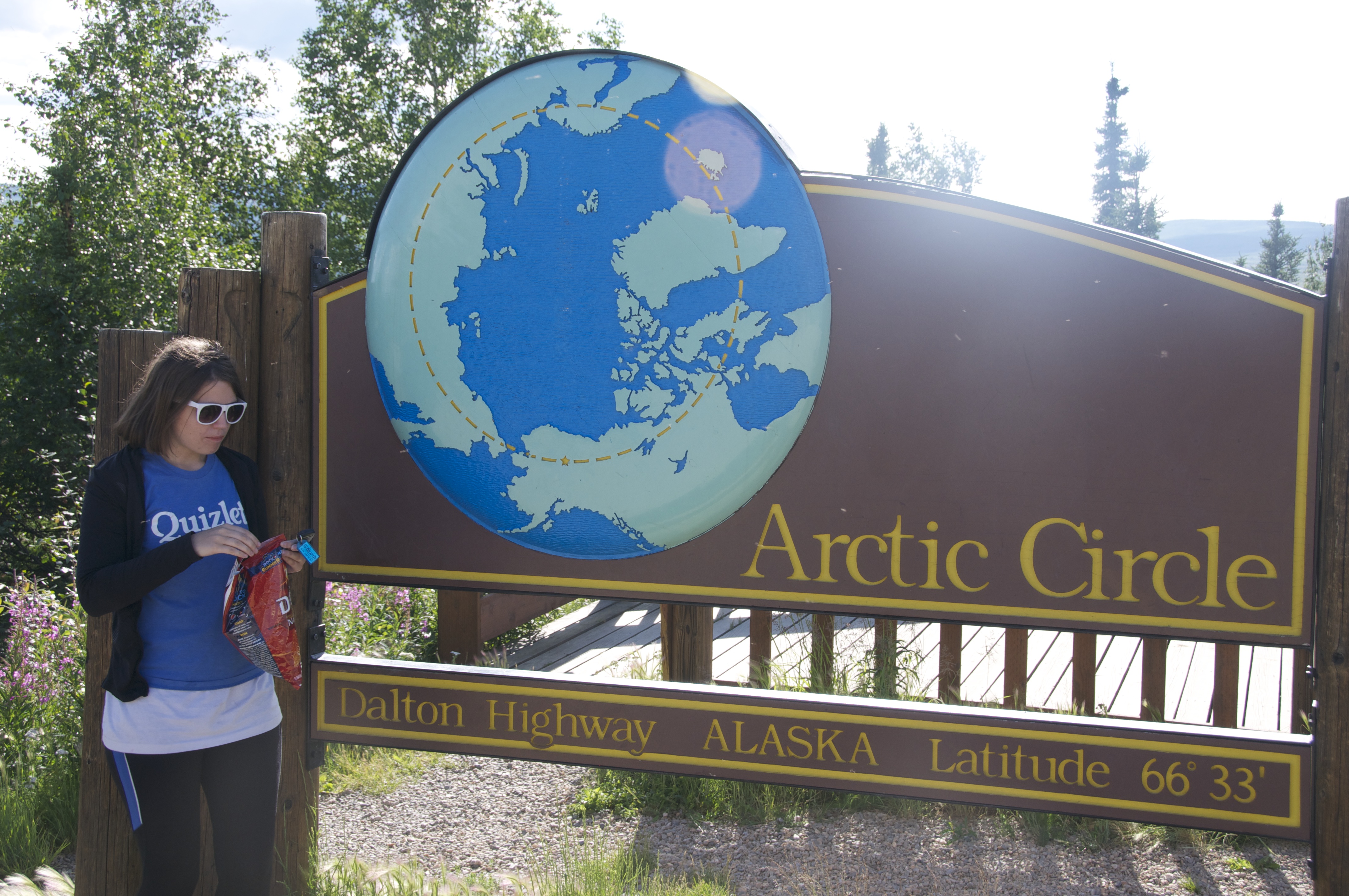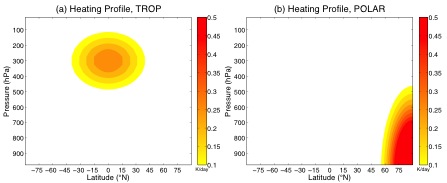
Marie McGraw
PhD Candidate, Barnes Research Groupemail: mmcgraw at atmos dot colostate dot edu
Impact of Volcanic Eruptions on Climate
We used over 200 model runs from CMIP5 and the NCAR CESM Large Ensemble to evaluate the Southern Hemisphere circulation response to volcanic eruptions. Observations of volcanic eruptions are limited, so we can use models to understand the observed responses in the context of internal climate variability, and of ENSO.Related Publications
- McGraw, Marie C., Elizabeth A. Barnes, and Clara Deser: Reconciling the Observed and Modeled Southern Hemisphere Circulation Response to Volcanic Eruptions.** Geophys. Res. Lett., doi:10.1002/2016GL069835.
- This research was also featured in an Eos research spotlight.
Jet Variability and Climate Change
Applying Data Science Techniques to Climate Variability
With 40+ years of satellite data and many advances in atmospheric and climate models, atmospheric scientists are lucky to be operating in a data-rich environment. We, along with collaborators in the Department of Electrical and Computer Engineering, are applying statistical and data science techniques such as Granger causality, vector autoregressive models, and Pearl causality to problems in atmospheric and climate variability.Related Publications
- McGraw, Marie C., and Elizabeth A. Barnes: Memory matters: A case for Granger causality in climate variability studies. J. Climate, revisions submitted 09/2017.
- Samarasinghe, Savini, Marie McGraw, Elizabeth Barnes, and Imme Ebert-Uphoff: A study of causal links between the Arctic and the midlatitude jet-streams. Proceedings of the Seventh International Workshop on Climate Informatics (CI 2017), NCAR Technical Note NCAR/TN-536+PROC.
Idealized Modeling Experiments

Some of the idealized heating experiments from McGraw and Barnes (2016)
We used an idealized model (the publicly-available GFDL dry dynamical core) to explore the seasonal sensitivity of the eddy-driven jet to tropospheric heating. We kept the heating constant and allowed the atmosphere to vary according to season by adjusting the relaxation temperature.
Bug in Some Versions of GFDL Source Code
While performing our experiments, we stumbled across a bug in our version of the GFDL dry dynamical core. We used the troposphere-only model configuration, which imposes a minimum temperature of 200 K on the tropospheric equilibrium temperature profile. Our version of the model allowed this minimum temperature to vary with season, and this seasonal variation had an enormous impact on the jet dynamics. The Appendix and Figure A1 in McGraw and Barnes (2016) discusses this issue in more detail. Note that this error only affects the troposphere-only configuration.
Related Publications
- McGraw, Marie C., and Elizabeth A. Barnes: Seasonal Sensitivity of the Eddy-Driven Jet to Tropospheric Heating in an Idealized AGCM.* J. Climate, 29, doi:10.1175/JCLI-D-15-0723.1
- Woollings, Tim, Elizabeth Barnes, Brian Hoskins, Young-Oh Kwon, Robert W. Lee, Camille Li, Erica Madonna, Marie McGraw, Tess Parker, Regina Rodrigues, Clemens Spensberger, and Keith Williams: Daily to decadal modulation of jet variability. J. Climate, accepted 10/2017.
* Downloads courtesy of the American Meteorological Society (AMS), who owns sole rights to them. The downloads are subject to AMS copyright laws and statutes. For more information, visit the AMS Journals website.
** Downloads courtesy of the American Geophysical Union (AGU), who owns sole rights to them. The downloads are subject to AGU copyright laws and statutes. For more information, visit the AGU website.
